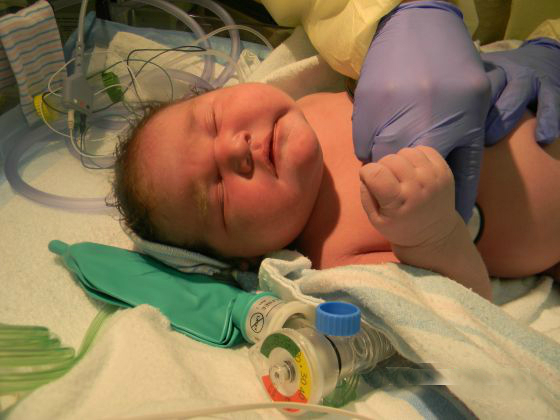
Your metabolism is partly ruled by genetics, but you can rev it up naturally by eating right. Fill up on the following nine foods to increase your body’s fat-burning power.
Egg whites
Egg whites are rich in branched-chain amino acids, which keep your metabolism stoked, says Chicago nutritionist David Grotto. Eggs are also loaded with protein and vitamin D.
Lean meat
Lean meat is full of iron; deficiencies in the mineral can slow metabolism. Eat three to four daily servings of iron-rich foods, such as chicken or fortified cereal.
Water
If you’re even mildly dehydrated, your metabolism may slow down, says Dr. Scott Isaacs, clinical instructor of medicine at the Emory University School of Medicine. Tip: Drink water cold, which forces your body to use more calories to warm it up.
Chili peppers
Chili peppers contain capsaicin, a chemical compound that can kick metabolism into higher gear, Isaacs says. He suggests adding a tablespoon of chopped chili peppers to a meal once a day. Chili peppers are also an unexpected source of vitamin C.
Coffee
A study published in Physiology & Behavior found that the average metabolic rate of people who drank caffeinated coffee was 16% higher than that of those who drank decaf.
Green tea
The brew contains a plant compound called EGCG, which promotes fat-burning, research suggests.
Milk
Studies conducted by Michael Zemel, former director of The Nutrition Institute at the University of Tennessee, suggest that consuming calcium may help your body metabolize fat more efficiently.
Whole grains
Whole grains help your body burn more fat because they take extra effort to break down than processed grains, like white bread and pasta. Whole foods that are rich in fiber, like brown rice and oatmeal are your best bets.
Lentils
About 20% of women are iron deficient, which is bad news for your waistline — your body can’t work as efficiently to burn calories when it’s missing what it needs to work properly. One cup of lentils provides 35% of your daily iron needs.










